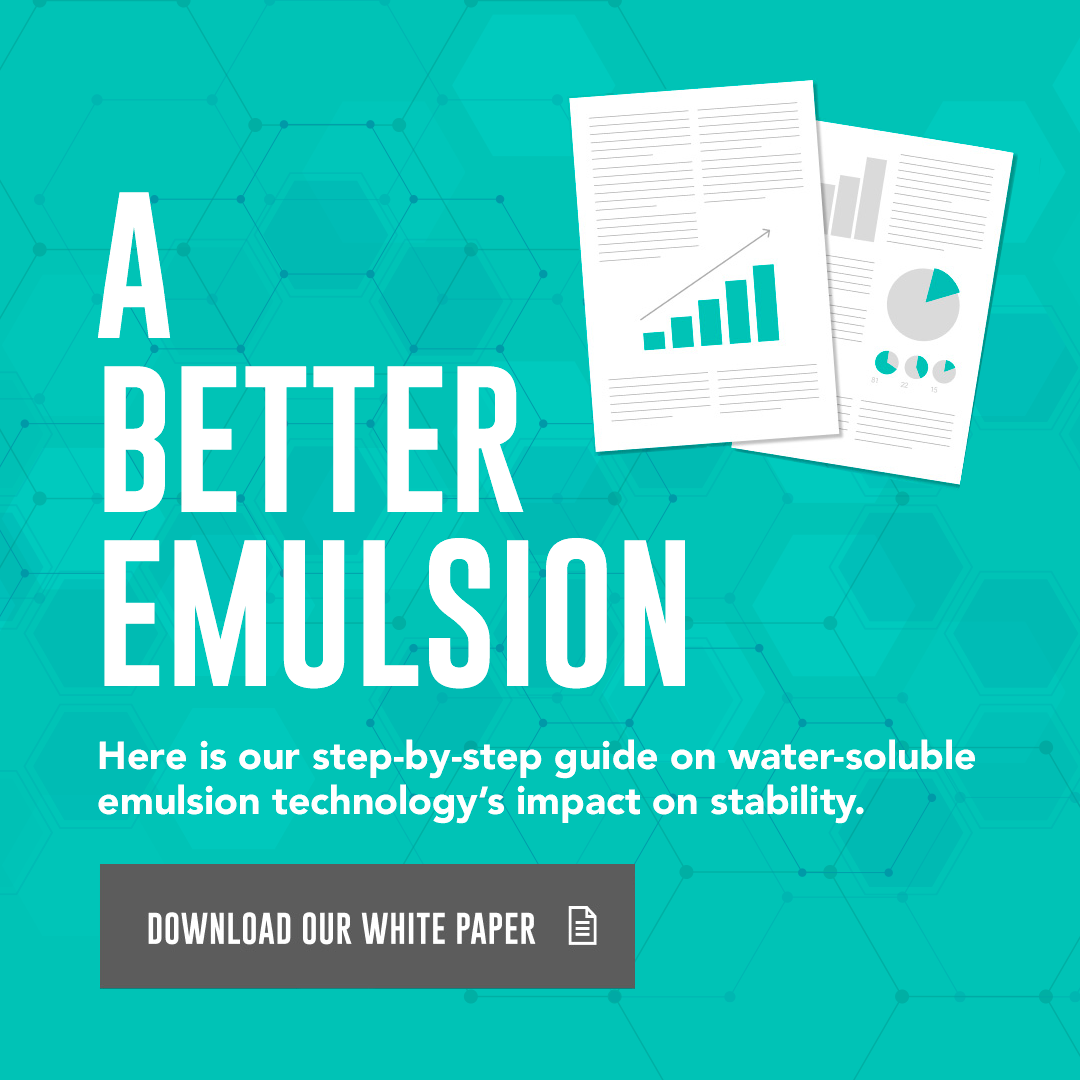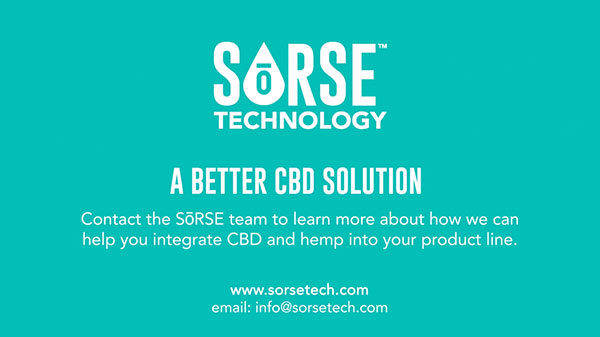Many people are just now discovering CBD, and that’s a good thing! But it does mean that producers are facing a hefty educational burden. The key features of the cannabis prohibition era –which we are just barely exiting — have been fear, stigma, and misinformation. We must still contend with their echoes. On top of this hurdle, there are also countless new brands cropping up daily that want to sell CBD producers to consumers. How do consumers understand CBD well enough to make informed buying decisions? Fortunately, the antidote to all of these issues is education.
Here are some guidelines for educating your new potential customers:
BREAK IT DOWN
Break the info down into pithy, easy-to-understand bullet points. The New York Times is famously written at a 10th grade reading comprehension level. Explain it to your audience like they’re young teenagers – not because you don’t respect their maturity or intelligence, but because when humans are absorbing new information, it helps not to be distracted by industry-specific lingo and ten-dollar words. The goal should be to hold attention and convey information rather than to sound smart.
REPEAT, REPEAT, REPEAT
Be prepared to repeat content. The average person needs to hear something three times to truly absorb it. It’s okay to publish 101-level info repeatedly in different formats (or even the same format!). I have been in this industry a decade and I still read 101s occasionally–and frequently learn something. That’s because our knowledge base is always expanding. There may be a new angle on an old fact, or a more useful way of explaining it. Hearing information multiple times in diverse ways makes us more likely to really grok it.
HEALTHY SKEPTICISM
…but be cautious about orthodoxy. The flipside to the above is that if you hear something repeated often enough, you come to believe it whether it’s true or not. This tendency is to blame for many of the myths our customers believe. It’s also to blame for our tendency to hold on to outdated beliefs such as “the Endocannabinoid System is made up of two receptors: CB1 and CB2.” We now know that the interactions between cannabinoids and our bodies are more complex than that, but most 101s have not yet been updated. The explosion of cannabis research happening right now means many of “the basics” will be challenged and expanded upon in the next few years.
MARKETING ISN’T EVERYTHING
Don’t make it all about marketing. It’s okay to mention your product in educational articles, but overdo it and your audience will tune out. Folks, especially younger folks, have been saturated with product placement, infomercials, and celebrity sponsorship for a long time–they are very good at spotting a pitch. Better to be authentic and straightforward about your positionality. Your customers know you’ve got an angle, that this information isn’t free. Acknowledge it. And include a nice, easy-to-use link.
DON’T FORGET ABOUT THC
Talk about differences from and similarities to THC. A common consumer misconception about CBD is that it is the “medical” cannabinoid while THC is the “recreational” one. CBD is non-intoxicating, but it’s not more medical than THC – its effects are just different. They both are created by the cannabis plant, in addition to a huge number of other useful phytochemicals. It’s not helpful to stigmatize THC or imply that CBD can do everything THC can do. Just today I spoke with someone who said he wanted a CBD cartridge “but without the weed.” I had the privilege of explaining to him, gently, that CBD is in fact “weed,” and that that’s totally okay.
DON’T OVERPROMISE
I’m sorry to say that with the creation of the CBD hamburger, CBD has officially reached fad status. Marketers seeking to cash in on the hype are implying it can do almost everything. It’s true that CBD shows broad promise–it is what we might call a promiscuous cannabinoid, having shallow interactions with a wide range of receptors–but it is no panacea. Managing customer expectations is key to staying viable when the buzz dies down. There is so much we don’t know. The number of studies on CBD is accelerating exponentially and we still are barely scraping the surface. We are likely to have our notions turned inside out and upside down in the next decade — and I’m really looking forward to it.





